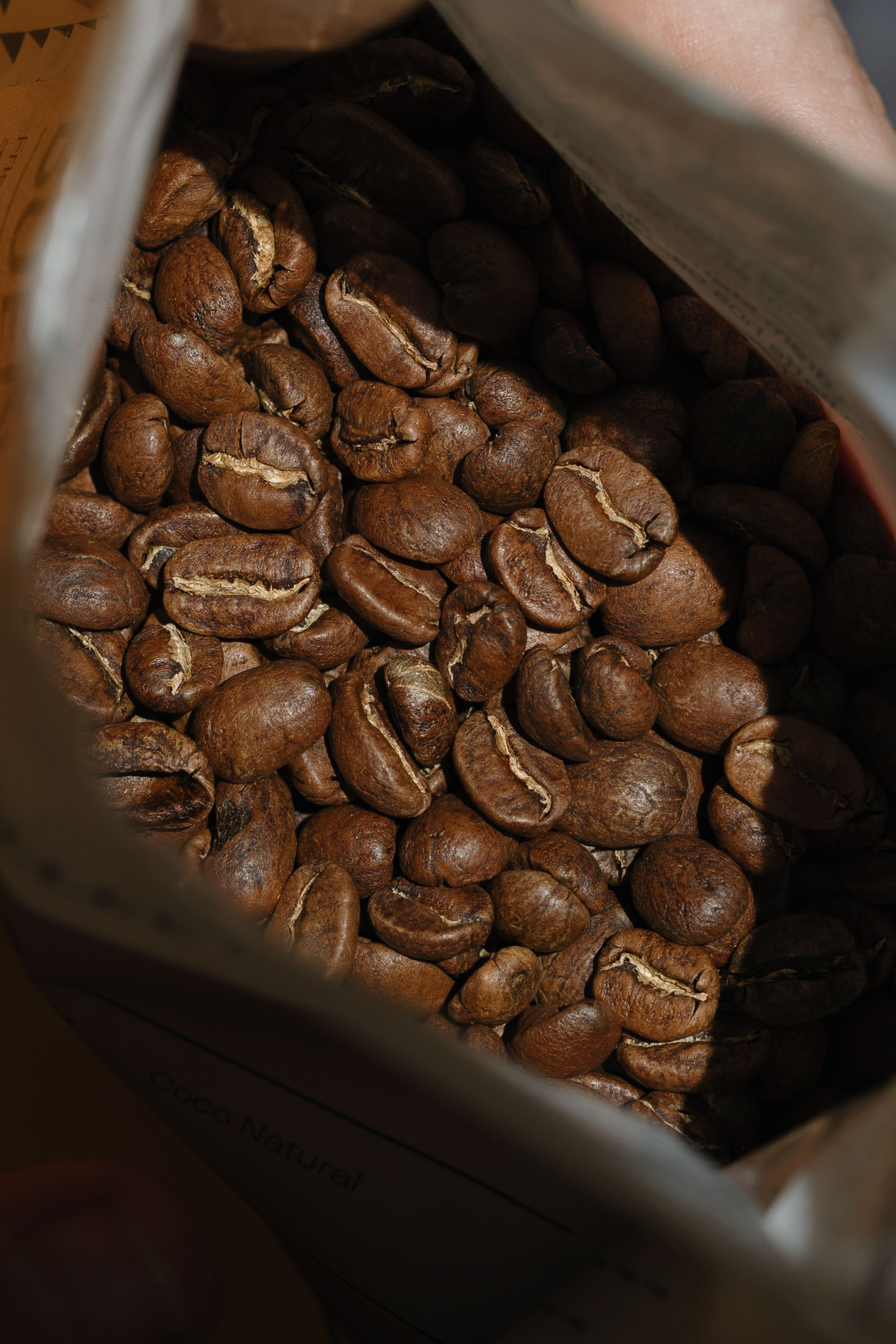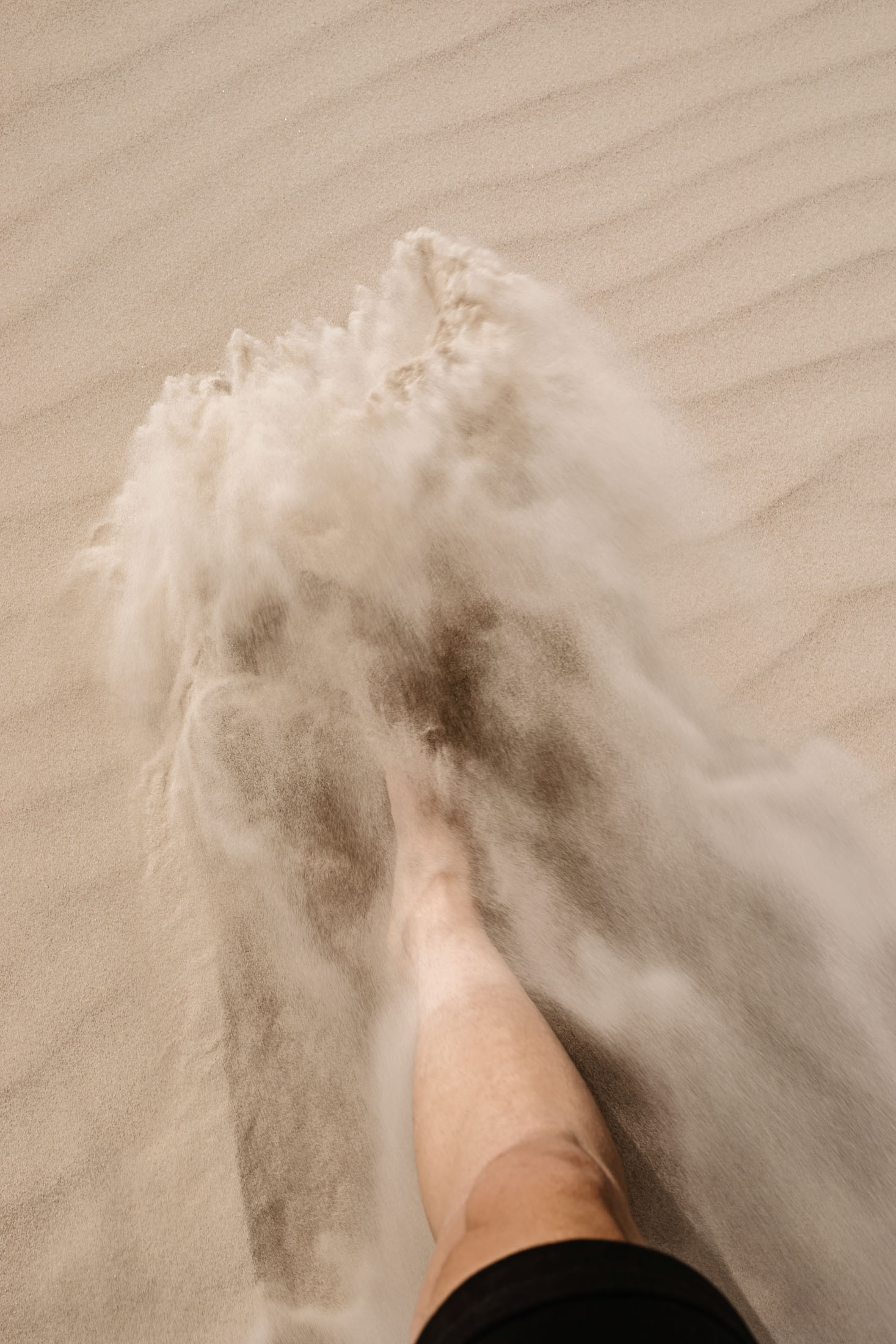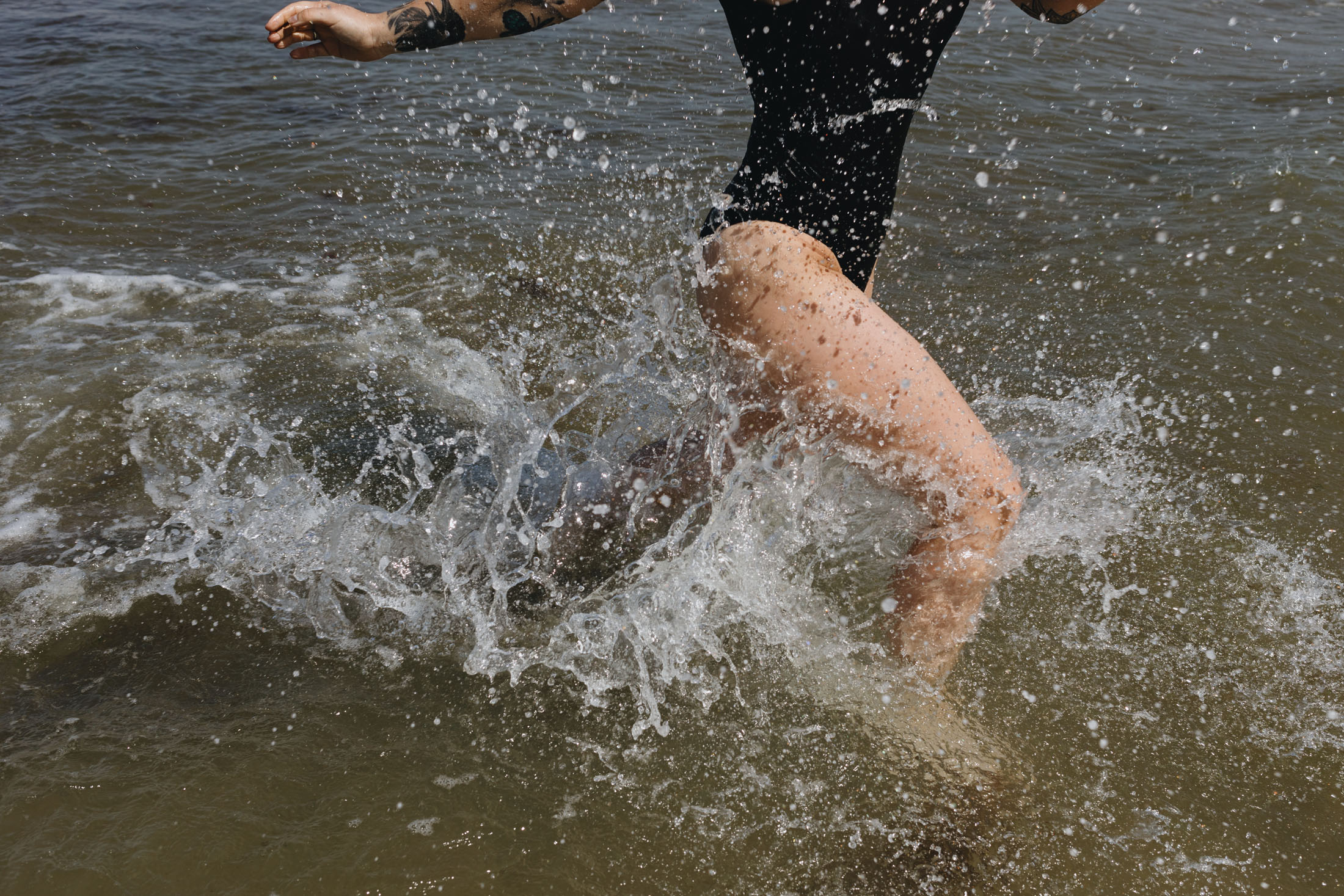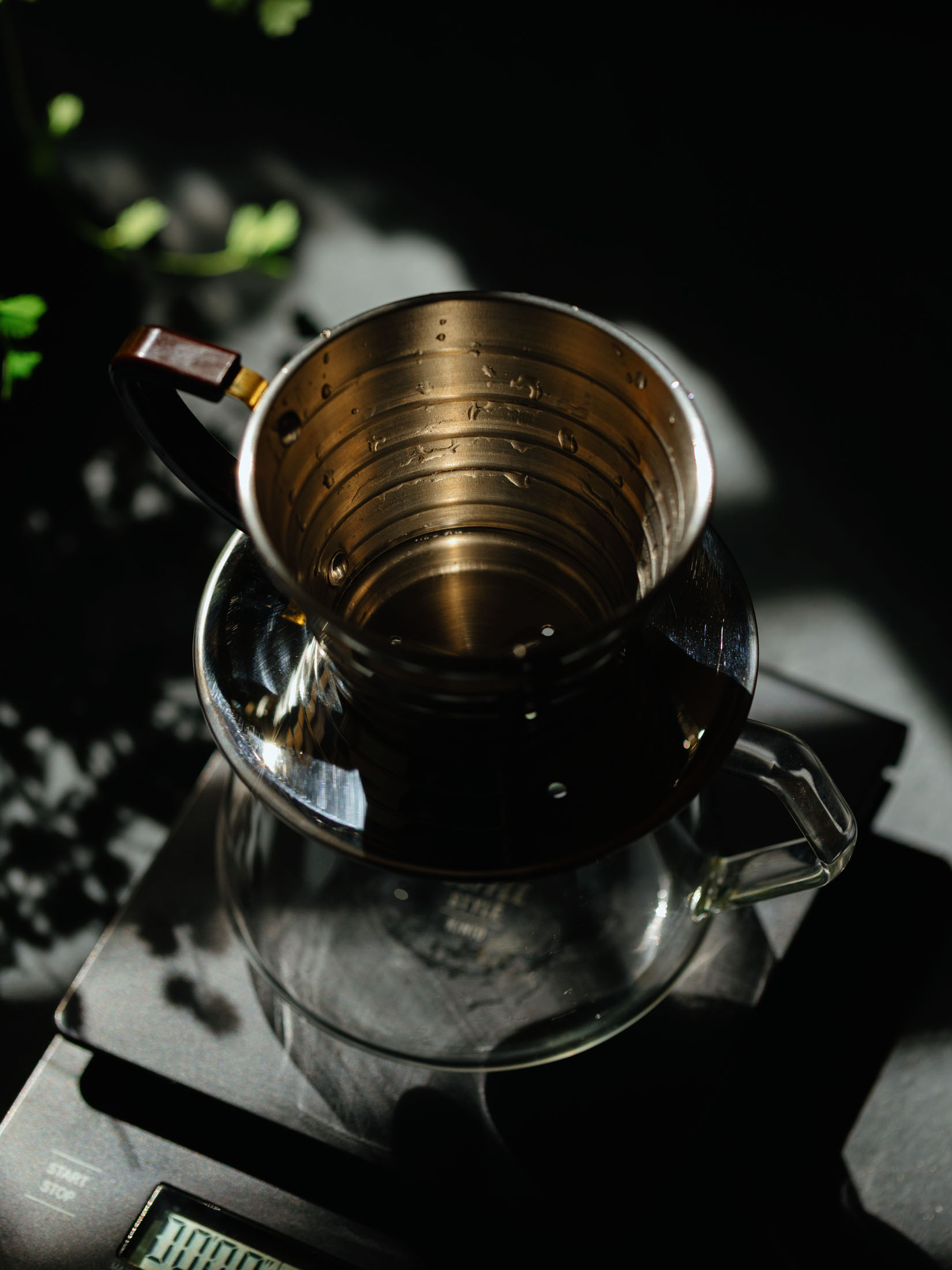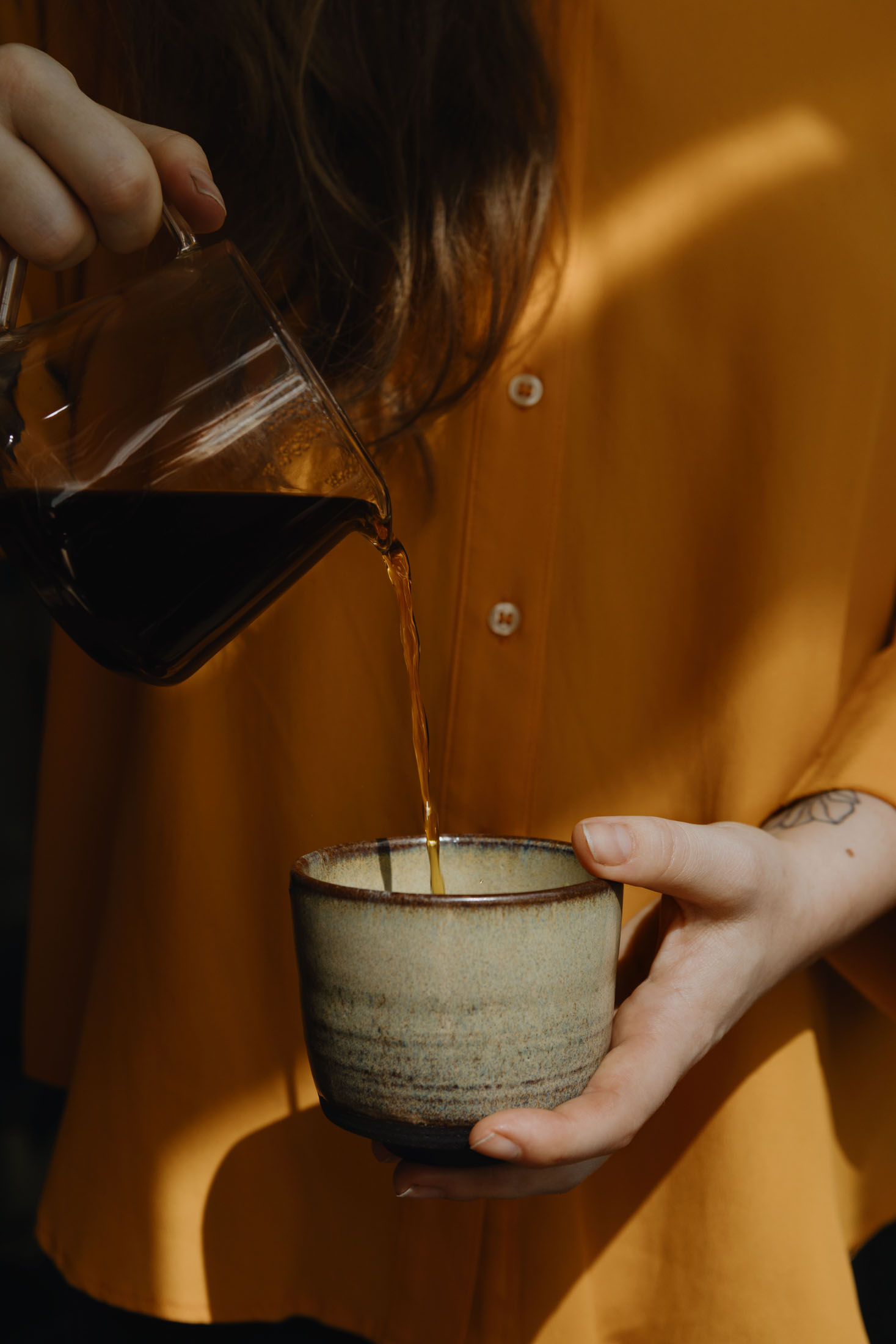Port Said – A Fishermens Life in coastal Sweden
DE | EN
Catching Lobsters
A Fishermens Life in coastal Sweden
Port Said. An auspicious name, promising a long-awaited adventure.
In thick overalls well shielded from the winds and the cold, we board the boat. Jan already filled up the bucket with mackerels, that we will use as bait in the fishing boxes – „Hummertina“. Svenne is carrying a basket with coffee, sandwiches and beer for our lunchbreak on Vigna Island. Jan releases the rope, Svenne turns the ignition switch and as he pushes the accelerator softly, the „Port Said“ almost weightlessly starts moving.
„A bit windy“ according to Svennes weatherforecast; I have to squint, as we pick up speed and Hönö slowly disappears behind us. It is a picture book day for this undertaking!
Wherever we’ve been in those last few years, it pulled us to the sea. To this wild vastness, that seems infinite when looked at from the shore. To this thin border between the known world below the sky and the blue, soon black depths of the ocean. The thermometer shows 6°C, the radiant sunlight slowly shifts to its winterly colder tone. The „Port Said“ is the ship, type „Viknes 1030“, that will carry us out onto the sea today, Svenne Hansson is our captain.
We’ve reached Hönö, the biggest island of the Northern Archipelago of Gothenburg, by ferry in the last evening light the day before.
Last summer we had spent only one day here, hiking the nature reserve „Ersdalen“ and watching the surfers in the roaring surge. There wasn’t enough time for an adventure at sea, but Hönö remained a nice memory for us, a heart on our personal google map. This year we finally continue writing this chapter of our Sweden travels.
Lobster season started on the 21st of September 2020. Everybody, who can somehow make it, is on the water this first week. Private persons are allowed to own up to 6 boxes and many grab this opportunity, although most of them simply see it as nice fun and a yearly tradition. They cruise the archipelago for one or two weeks and leave the business to the professionals afterwards. Svenne owns 40 boxes, which he cannot put as far out as he’d prefer to, due to his touristic endeavors. Depending on the position of the boxes, which he meticulously notes in the computer and also in his logbook, he goes out each, every two or even just every three days, to check the catch and put new bait into the boxes.
Suddenly everything happens very quickly, a hectic rush occurs: Between the waves we can see red and yellow fishing boys, bleached by sunlight; short Swedish commands fly past our ears, Svenne turns the boat, while Jan is already fishing for the „ball“ and the connected rope with the „Båtshake“. With a tough „Pock!“ the fishing boy lands on deck, while Jan places the rope on the winch and starts winding with practised hands. For a few seconds he lets the box hanging and gallons of water are flowing back into the ocean. He’s dragging the „Hummertina“ onto the rear bench and makes a grumpy sound: Crabs only. Silently he’s taking the catch from the box, checks them one by one and throws almost all of them directly back into the sea.
5 boxes he’s hauling up, the crab game replays one time after the other… by now we’ve learned that he only keeps bigger female crabs with a brown coloured bottom – the only ones with enough meat and therefor the only ones suitable for sustainable fishing. A codfish got caught in one of the boxes and is going to be Jans dinner tonight. Still no lobster. Jan puts new bait into the boxes, Svenne studies the seabed and the depth, to determine the next drop position. Lobsters like it rocky, Svenne usually puts his boxes 20-30 deep. We can feel the teamwork of decades, monosyllabic shouting, the boat stops, the box submerges, off we go. Like clockwork.
We sail a bit further, the mood could flip easily now; suddenly the horizon also seems to sway significantly, we didn’t quite get the hang of balancing the waves yet…
Svenne can’t help, but laugh as he remarks: „Not wavy!“
Box number 6, meanwhile Svenne joined on deck and operates the winch. Crabs, crabs, crabs. His face speaks volumes; we try to keep quiet… Pock! The next ball lands in front of my feet and finally a cry of triumph: „Yes! Lobster!“ That’s why we are here! Jan pulls the lobster from the box and hands it to Svenne, who measures the size. 9cm from eyes to tail at least, otherwise the catch has to be released. The first lobster of the day gets its place in the wooden lobster crate.
Repeated joy also with the next „Hummertina“: Even two lobsters this time! Such beautiful animals, the sun sparkles on the black shell, claws, legs and antennaes move elegantly – briefly I hope they may be to small…
The size is alright, but: The underside reveals plenty of jellylike eggs! Svenne explains that lobsters are carrying their eggs a few years and that the duration can be determined by the spot on the body, where they are located. I’m puzzled (and happy that this lobster is getting away today). Two lobsters in the crate, the boxes newly submerged and a big grin on Svennes face: „Are you hungry?“
Svenne uses the lunchbreak to show us one of his favorite destinations in Bohuslän: We are heading for Vigna, the traditional and most well known navigational light of Sweden. 18km west of Gothenburg the beacon marks the entry of Kattegat and the Baltic sea, together with its Danish counterpart in Skagen. Two lighthouses have been erected on Vigna in 1841 and 1854, but soon became to small. In 1890 the older was completely dismantled again and the lantern of the second was reused in a watchtower. Then the now famous lighthouse „Vigna Fyr“ was built. Wether it is that famous because of its prominent location or because of the birth of Evert Taube on the island in the very same year remains speculation…
„Vigna is very famous in Sweden, because we have an old man, he has died now, Evert Taube, and he wrote a lot of songs and his father was Fyrvaktsmästare – „Boss over the lighthouse“ – and he lived on Vigna and all Swedish know him.“
With around 7,5km beeline away from Hönö, Vigna is officially part of the Southern Archipelago and hence the commune of Gothenburg. The old residential house of the Taube family has been turned into a museum. Since 1948 the lighthouse works electrically and from 1974 it’s controlled fully automatic from Gothenburg. It was planned to shut it down in 2007, but massive protests rose and achieved a continued use. It might be due to Evert Taube after all.
Svennes favorite song from Evert Taube kinda counts as something like the national anthem of the Bohuslän region, with the appropriate name „Invitation to Bohuslän“: „Inbjudan till Bohuslän“
The pandemic prevents us from ascending the tower today, but the history of this site is perceptible and the massive stone structure conveys an idea how much of the Swedish past this place has witnessed. We take a lovely walk across the island, past an oldschool wind gauge, that signals data to the Swedish weather service hourly. The exact forecast, Svenne checks every time before he embarks the „Port Said“. I realise: Vigna is also a part of Svennes biography. As we end our walk back at the harbor, Jan has already served. Sea air makes hungry and memories from my childhood appear… countless holidays by the sea, picknick baskets and salt on my lips.
Mountains formed from white clouds pile up so close to the horizon, that they almost look like crests of waves in the distance.
Svenne hands us a schnapps, before we go back to work. „So we’ll see how much waves it is, how you feel. We will see…“
By now we know the process, follow the steps more slickly, relish our time on the water fully. Sated and happy a little exuberance takes possession of us: Constantin almost goes over board, the perfect shot in sight, as he balances starboard, while almost simultaneously I get decently showered portside. I kinda look at it as a „seafarer baptism“ and try drying my lens; the salt burns in my eyes. We are passing a seal bank, dozens of curious beady eyes gazing at us. A lionshaped island, aptly named „lejonet“ (lion) lies sphinxlike in the sea and points our way back.
Three more lobsters will end up in the crate, 10 crabs go ashore with us, of which two will be fed to the lobsters immediately. Hesitantly I set my feet ashore, leave the „Port Said“, swinging softly in the warm evening light, with mixed feelings… knackered from our experience, but wistfully nonetheless. With endorphines still rushing in our blood we take a group portrait and only discover the next morning, that we obscure the “Port Said” completely.
After a quick hot shower, Svenne awaits us with a feast: Shrimps and crayfish, plus the „Krabba“ we catched today. So far we only ever tried the crabmeat from the claws, but Svenne confirms, that actually the whole animal is edible, even though „not everyone treasures the special taste“.
A piece of Hönökaka, the famous Hönö bread, with butter in between is definitely helping.
Nowadays he likes to catch mackerel, if he goes fishing privately; Codfish doesn’t appear as close to the shores as before. Climate change and acidification of the oceans is threatening codfish and especially in the Baltic Sea the catch of cod is prohibited regularly, to prevent a total collapse of the population. 2020 has been a good year for the fishermen of Bohuslän though; they know each other well, share news over social media.
Svenne was born with salt in his blood, his family interwoven with this island, the Swedish westcoast his homeland. His grandfather Justus Hansson was a commercial fisherman, his father Bertil followed Justus’ footsteps, as Svenne and his brother Jan would follow his. He never felt a longing to leave, to do something different altogether. Just for holidays he’d travel to Norway or Italy for skiing, to Spain for golfing. Apart from that he is leaving the island only on his boat. Svenne is a part of Hönö, as Hönö is a part of him.
The history of the fishing industry goes way back on this group of islands, called „Öckeröarna“ (literally „a few Öckerö islands“). It began directly with the first settlements, when the islands emerged as the ice sheet retreated. After the “Little Ice Age“, the ocean was alive with flocks of herring; from the countless trees in the woods boats and fishing villages were built, and as a result the bare cliffs of the Bohuslän were formed, as we know them today.
At the fishery museum in Hönö Klåva one can find countless black and white images of times gone by: Faces, marked by harsh weather and hard work; old sea-dogs next to boys, just coming of age. 1973, Svenne had just turned 15, he accompanied his father for the first time. His brother Jan,13 years older, was already an experienced fisherman and was net fishing on his own boat. Back then they used to fish the Skagerrak and further in the North Sea for herring, from 1980 increasingly also for cod; the fishing vessel, the „GG 253 Port Said“, a trawler from 1966 and 30meters long. They remained at see for 4 or 5 days with a crew of 8 men, fishing day and night – the boat and the crew became home and family. That’s what one can see on the portraits in the museum, that’s what one can hear listening to Svennes stories: To be a fisherman is not just a profession or a vocation, but a way of life.
„Jan is 75 now, he’s been doing this over 60 years, but he is still going!“
Svenne und Roger, neighbours for decades, had long shared the dream to welcome travellers themselves, to share their love for life here on the island, with the ocean as a steady companion, on all sides, at all times.
The golden age of commercial fishing is over, from a former 14.000 fishermen, roughly 1.000 remain in business in Sweden. Tougher catch quota and the changing climate tighten the conditions year by year. In 2009 an unexpected door opened for Svenne, which he since then never regretted to step through: Jan was (officially) retired, Svennes crew had shrunken to three men and Svenne was missing more social encounters in his daily life, his family. When the EU promoted a subsidies programm, to reduce the number of commercial fishermen and support a more sustainable fishing industry, while at the same time tourism was accelerating on the archipelago, it was time and the old „Port Said“ was lifted ashore once and for all.
Together with Roger, former mechanic and trained carpenter, he transformed the old boathouse into the „Havskatten Hotel & Hostel“. Svenne trained in tourism and together they are now renting 12 rooms, offer fishing tours, seal safaris and freediving courses with Anneli Pompe, a Swedish diver currently holding the world record in freediving.
The new „Port Said“, an agile motorboat, 10m long and enough space for up to 12 people – although it’s getting a little stuffed then, once the „Hummertina“ are added onboard. Svenne is grateful to still be able to follow his passions, instead of being a retiree. Year by Year Roger and him will discuss wether they are still up for it; maybe Svennes son John, who is currently studying on the mainland, might take over one day, though it is uncertain. They are taking everything just as it comes, be it the winds of life itself.
Svenne is happy and already planning the next year. Tourism is still increasing on the archipelago, the seasons are getting longer; the islands of the archipelago are promising a future, more and more young people decide to stay or return to their homes after studying. Roughly 5.300 people live on Hönö, around 13.000 in the whole commune of Öckerö; a close knit community, where people take care of one another.
„That door we never lock. Its always open. It should be open in 10 years.“
*The old „Port Said“ is to be found at the Danish westcoast at Thyborøn, where it is being transformed – headfirst! – into the restaurant „Mallemukken“ which is to open in 2021.
Photography
Constantin Gerlach, Laura Droße
Text
Laura Droße





